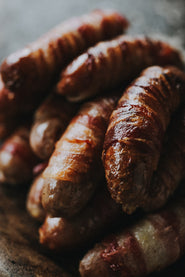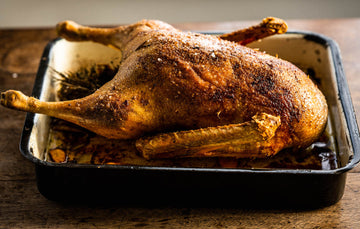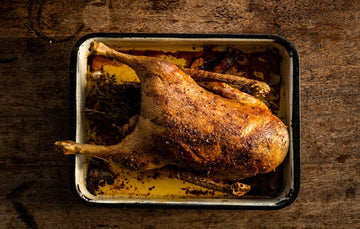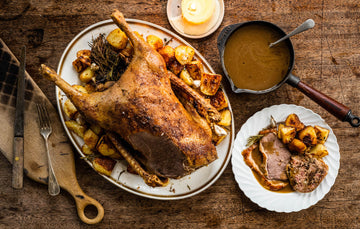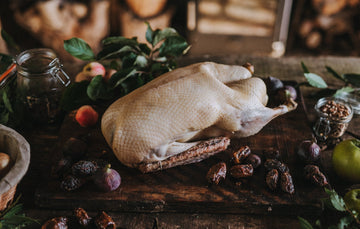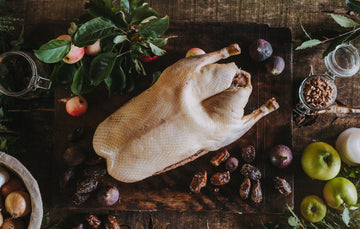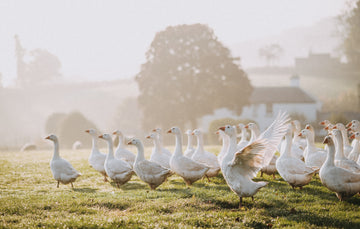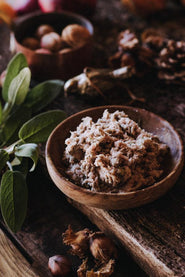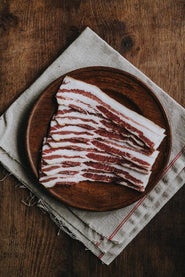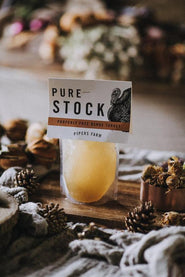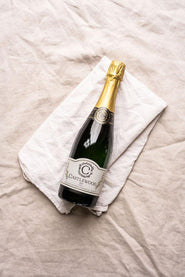If your bird has been delivered fresh, take it out of its wrapping.
Remove the goose from its paper wrapping, making sure you keep hold of the exact weight of the bird (you’ll find this on the card label slipped under the string).
Place the Goose onto a wire rack and sit the rack on a plate. Pop the plate into the bottom of the fridge, making sure you have allowed space around the bird for the air to circulate.
It is really important to make sure your bird stays cold and dry. On the day you plan to cook your Goose, remove it from the fridge and let the meat come up to room temperature.
Preparing your Goose Give the Goose plenty of time to come up to room temperature. Pat the skin off making sure it is lovely and dry, if you want to create crispy skin with yielding meat, it is imperative the bird is dry.
Take the Goose and pierce the fattiest parts of the underside of the bird. You are aiming to pierce just the skin and fat, without puncturing the flesh.
Give the parsons nose a thorough pierce, however, leave the breast intact. Season the cavity and then fill generously, without overpacking, with your choice of stuffing.
Season the bird with sea salt and a light twist of black pepper. Place the Goose on a rack and then place the whole thing into a roasting tin. The rack is in place to allow the fat to render in the pan, without stewing the bird (halfway through cooking you can add roast potatoes into the fat-filled pan).
